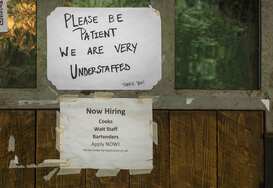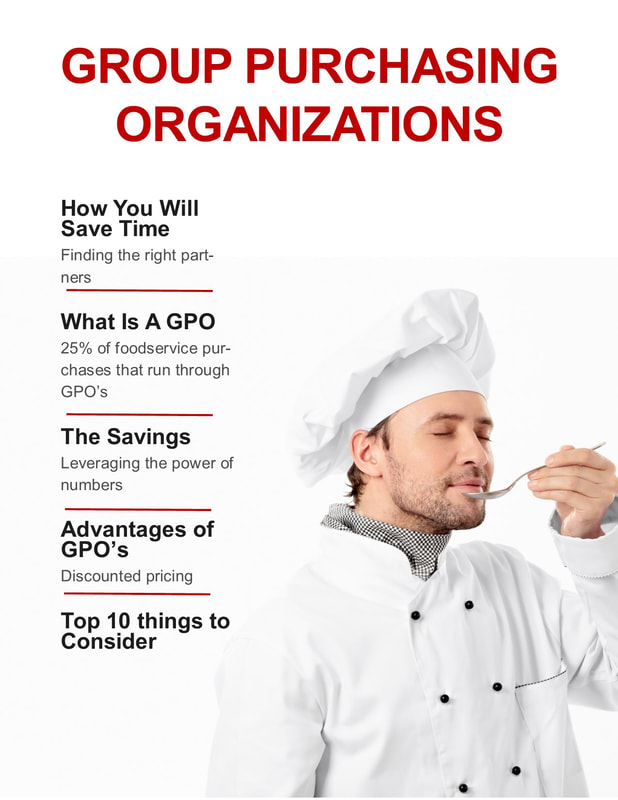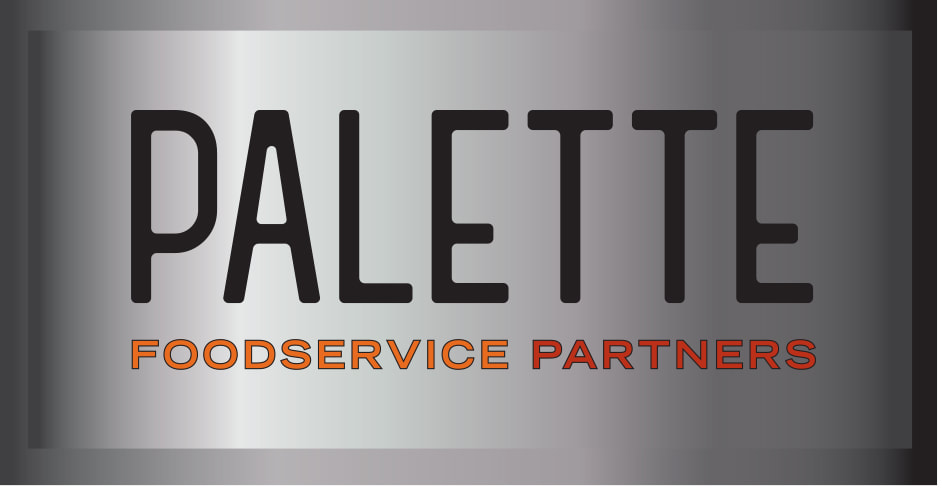 In recent months, the Covid vaccine has become political – and therefore a heated topic of conversation. Across the country, a restaurant’s (or a municipality’s) decision to mandate vaccines for employees and/or guests has resulted in some unpleasant confrontations – between operators and employees and between guests and employees – and all at a time when restaurants are already struggling to attract and retain staff. While some of these confrontations have been difficult to avoid, a restaurant can decrease the likelihood of conflict by taking steps to communicate clearly, and in advance, with employees about vaccine mandates. A recent report from Human Resource Executive provides some tips. It’s most critical to get out in front of the mandate by discussing it with employees, listening to their concerns and providing them with ample lead time to act. If people are resisting, understand their concerns and personalize your communications around them – they may need to hear the message from someone they can more easily relate to. Also appreciate that an employee may have a valid reason to not get a vaccine, so speak to your legal advisor about how to frame communication about that with staff. In advance of a mandate, determine the consequences of not complying – this goes for employees as well as guests – and find gentle ways to communicate about it. Again here, it helps to get out in front of the mandate and avoid surprising a person with a consequence wherever possible. Finally, while President Biden’s rule about vaccine mandates has made this a more urgent topic of conversation at restaurants, try to keep your conversations with employees politically neutral and focused on the well-being of your team, business and the industry overall.  Is it finally time for big changes when it comes to restaurant pay? After years of restaurants testing the waters with no-tipping policies and, in many parts of the country, having to adapt to new minimum-wage requirements, the pandemic (and the unruly diners it has brought with it) may be providing an industry-wide time of reckoning. Many operators are finding that making adjustments to the compensation they offer – whether through their hourly wage, tipping policy, or health benefits – has become a must at a time when the industry is losing workers to other professions. The operators who have found ways to make it work are reporting some early success: According to a recent New York Times report, operators who have changed their compensation structure to ensure a steady living wage – or even simply offering other quality-of-life benefits like flexible schedules, lower health premiums and student debt-reduction programs in its place – are attracting staff. Providing income and scheduling stability stands to help restaurants retain their staff too (and minimize the high costs of employee turnover). Of course, it takes a strong business model to make it work financially, and operators are making such money-saving moves as streamlining menus and adding a service fee to checks to make that possible. As you consider your operation’s strengths and weaknesses when it comes to employee compensation, where are there opportunities for you to improve your staff’s quality of life in meaningful ways? If raising wages isn’t an option, are there ways for you to make your existing positions a better long-term fit with your staff’s personal lives – and minimize your turnover costs in the process?  Throughout the pandemic, ghost kitchens have enabled many restaurant operators to keep business going behind the scenes when dining rooms were closed. But as it turns out, operators may be able to build more trust with the public if they pull back the curtain on the foods they’re preparing in ghost kitchens. According to a Datassential survey, three-quarters of consumers said they would support a local restaurant that “goes ghost” in order to stay in business. At the same time, they’re sensitive to restaurants using ghost kitchens to present multiple faces to the public: 55 percent of respondents said they think it’s dishonest for a restaurant to sell the same food under a different name and two-thirds said virtual brands should share their locations and state that they are digital-only concepts. If you operate a ghost kitchen, consider telling your customers why you’re doing it – and how it helps improve the final product they receive. Instead of turning them off, it may actually help you build trust with them.  In a recent legislative update from Washington, Sean Kennedy, the National Restaurant Association’s executive vice president of public affairs, said the restaurant industry had lost 45,000 jobs at the end of August. Further, new vaccine and testing mandates at businesses with a certain threshold of employees on staff could also make already-challenging staffing conditions even more difficult. To be sure, this is not exactly the Covid-19 recovery that restaurant operators had in mind – but there are efforts underway to try and change that. Industry advocates are urging lawmakers to continue to replenish the Restaurant Revitalization Fund (RRF), though Kennedy says it appears that members of Congress don’t want to add any Covid-recovery measures to the $3.5 trillion infrastructure spending plan in process, which is focused largely on climate initiatives, paid leave, childcare, education and healthcare. Because funding the spending plan will impact businesses in the restaurant industry, however, Kennedy is urging operators to add their names to Restaurants Act, a grassroots organization for the restaurant industry that is looking to generate broad support from the restaurant industry in order to urge lawmakers to continue to fund the Restaurant Revitalization Fund. (The fund closed to new applicants in May and according to a recent announcement from the Independent Restaurant Coalition, 82 percent of independent restaurants are concerned they may close permanently if the fund is not replenished.) You can join or learn more about the effort to refill the fund at Restaurantsact.com.  The restaurant industry is still trying to climb its way back to pre-pandemic employment levels. According to research from the National Restaurant Association, the industry is still about one million jobs shy of the 12.3 million jobs it offered before Covid-19 hit. Throughout the pandemic, many news stories have said the high rate of restaurant employee turnover was due to staffers’ unemployment benefits surpassing their restaurant earnings. But according to a recent report from Restaurant Dive, the reality is more complicated than that, and a combination of factors are responsible for escalating employee turnover: Among them are a shift of workers into other professions, a shortage of people with cooking skills and increasing reports of abuse on the job. But there are steps restaurant operators can take to help mitigate some of those problems at their own businesses. Restaurant Dive suggests adopting tech tools like on-demand pay apps, which tend to offer more flexibility on pay schedules. Further, it advises operators to be clear in job postings about wages, schedules, benefits, room for advancement, and incentives such as employee referral bonuses. Overall, put yourself in the shoes of a potential employee, who wants to work in a safe environment, understand their responsibilities on the job, be paid on time for shifts completed, and be granted some flexibility if and when their personal lives require it.  Restaurant delivery continues to climb: In 2023, the online food delivery market is expected to balloon to $154 billion from $111 billion in 2020, according to Statista. Are you doing all you can to make sure that as many delivery orders as possible are coming to you from customers directly instead of through third-party delivery apps? Your patrons aren’t necessarily seeking out the DoorDashes and GrubHubs of the world – they are simply ordering via the channel that’s most convenient to them. You can make direct orders more convenient (or at least more enticing) for them when they’re ready to place an order. First, make sure your customers know they can find the best food selection and deals if they order directly from you. Limit the menu options you offer via third-party providers to your highest-margin items – and make it clear on your website, search engine listings and social media posts that people can find a wider variety of food options, lower prices and access to limited-time offers by coming directly to you. When they do visit your website, they shouldn’t have to navigate far to where they place an order. Modern Restaurant Management suggests using a pop-up banner with a link (and perhaps a QR code) that directs them to your online ordering page. On that page, encourage them to join your loyalty program so you can continue to reach them with direct and increasingly targeted offers. Finally, make sure your customers know that they can best support you and your staff in challenging times – and help ensure they can keep their favorite dishes coming – if they order from you directly. Include language on your menu, website and on notes placed in third-party delivery bags that says just that.  Restaurant brands are more reliant than ever on third parties responsible for the last mile between a consumer and the takeout food they ordered. Yet even when food arrives cold or soggy due to a third-party delivery vendor who took too long to reach an end customer, the restaurant – not the delivery provider – is far more often the one to receive the negative review or angry phone call. The handoff is critical and both the restaurant and third-party delivery provider need to be in sync about the importance of protecting the restaurant’s brand in off-premise environments – through accuracy, speed and service. As Geoff Alexander, President & CEO of Wao Bao, said at The Spoon’s recent Restaurant Tech Summit: the “brand transfer has to be the most guarded and respected piece by the brand itself and by the operator to work together.” If your restaurant offers delivery, what do you do to ensure your brand doesn’t lose value when you hand an order to a third-party delivery provider? |
Subscribe to our newsletterArchives
April 2024
Categories
All
|




 RSS Feed
RSS Feed